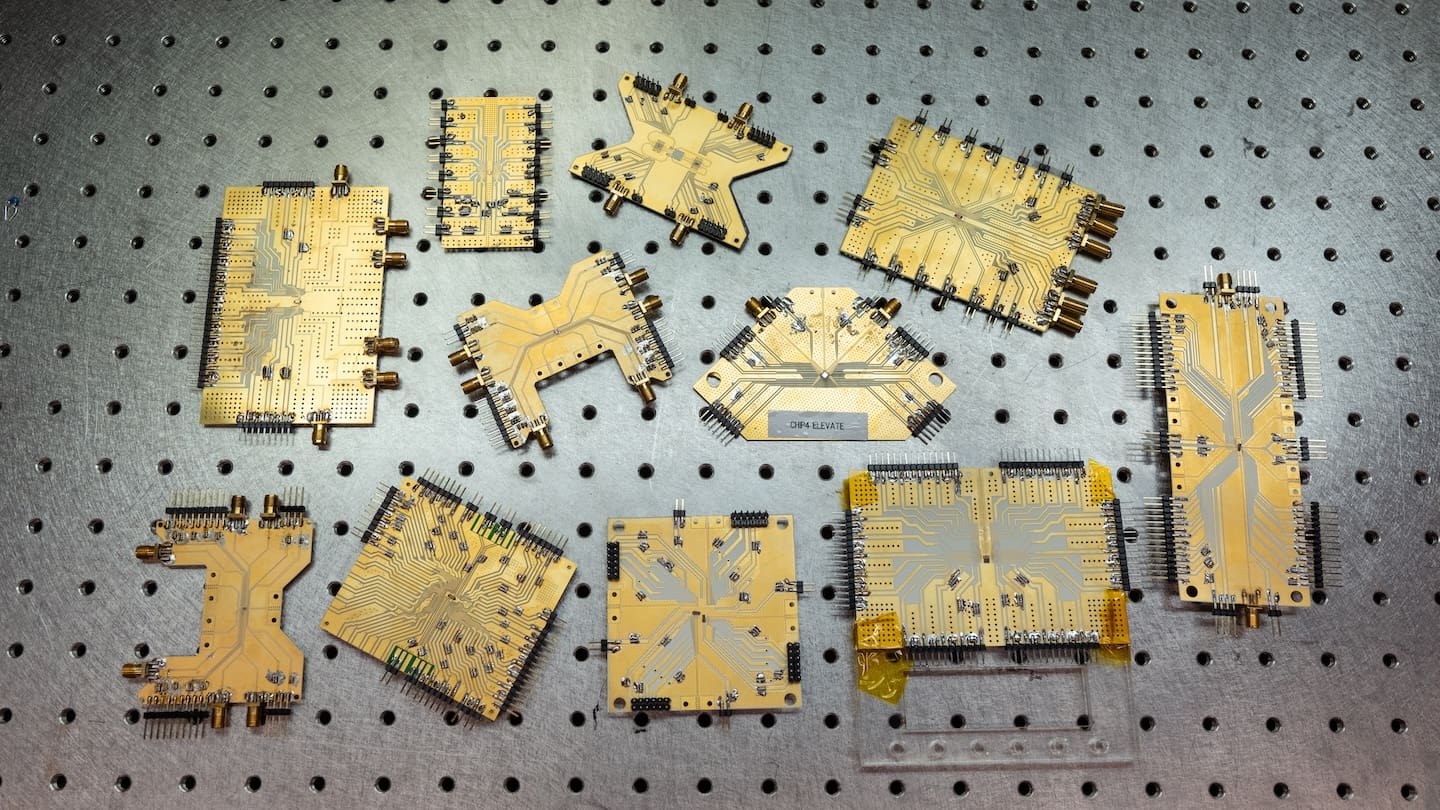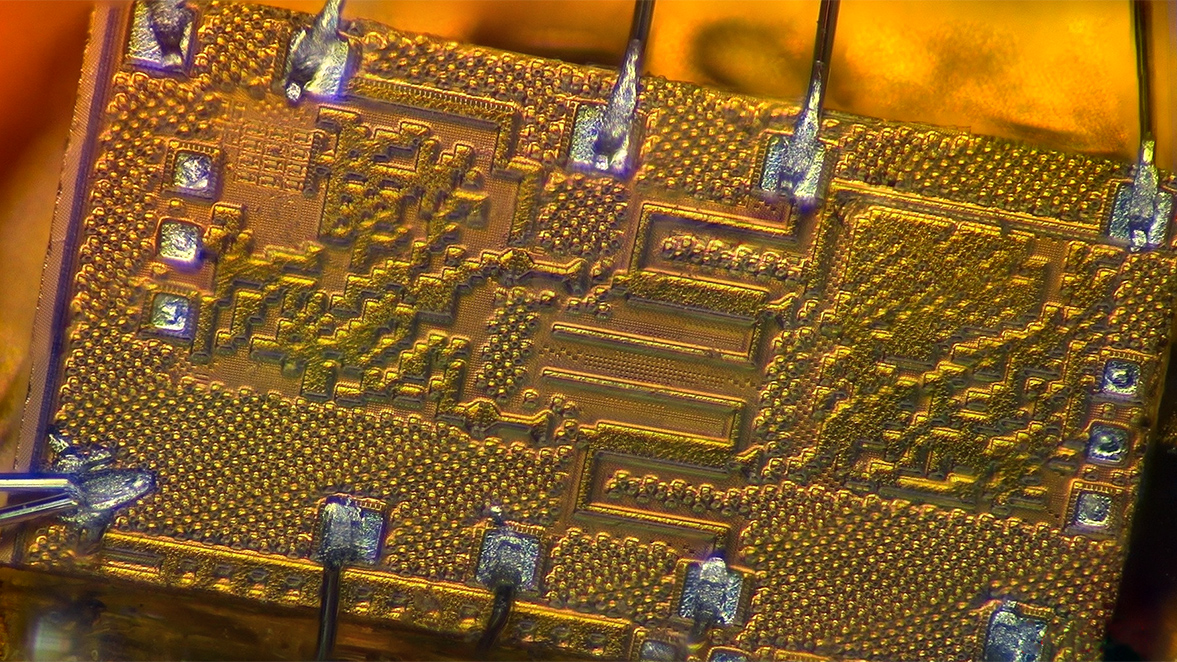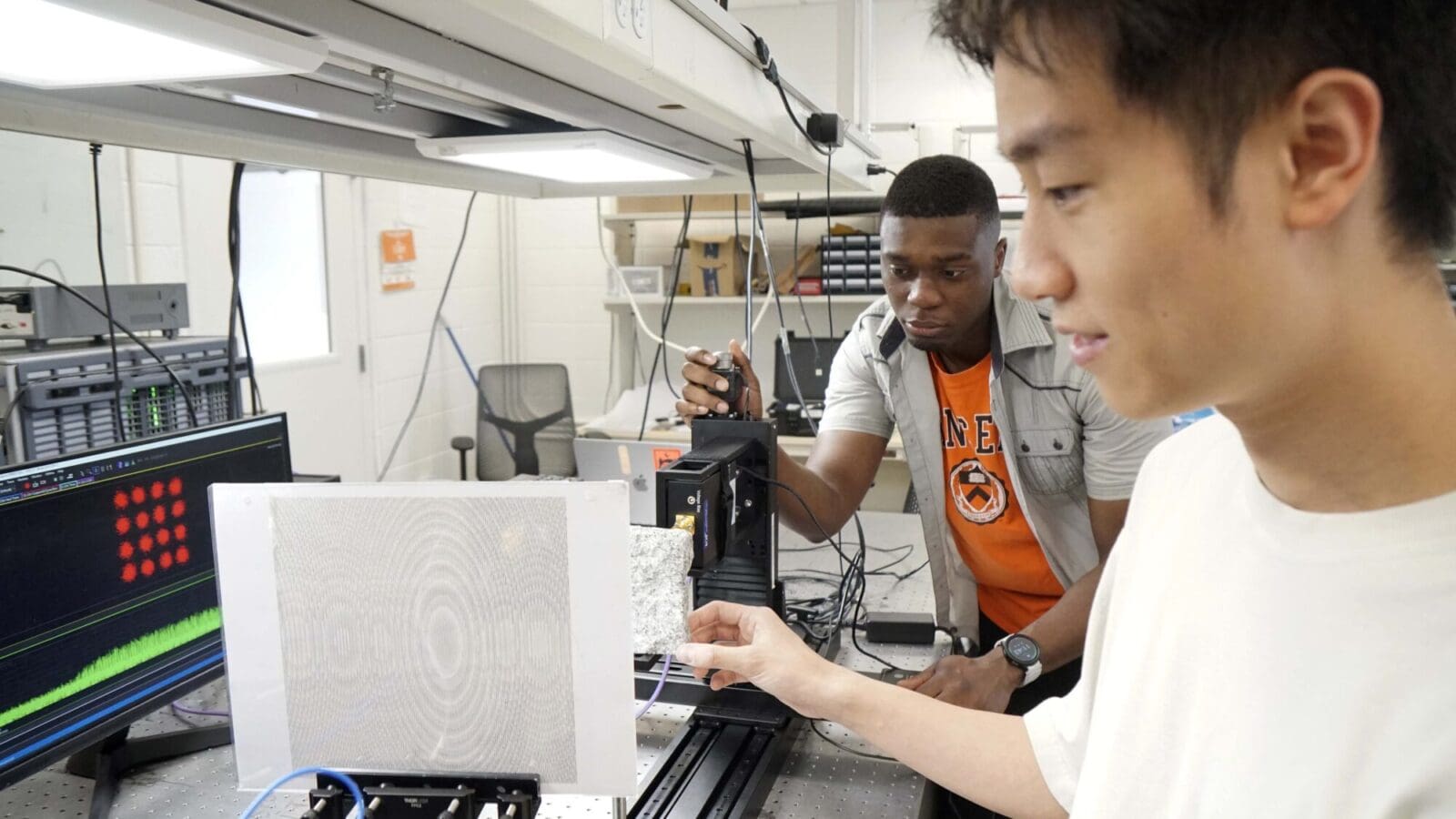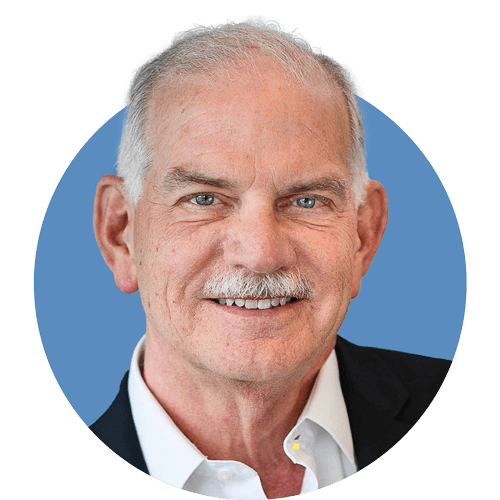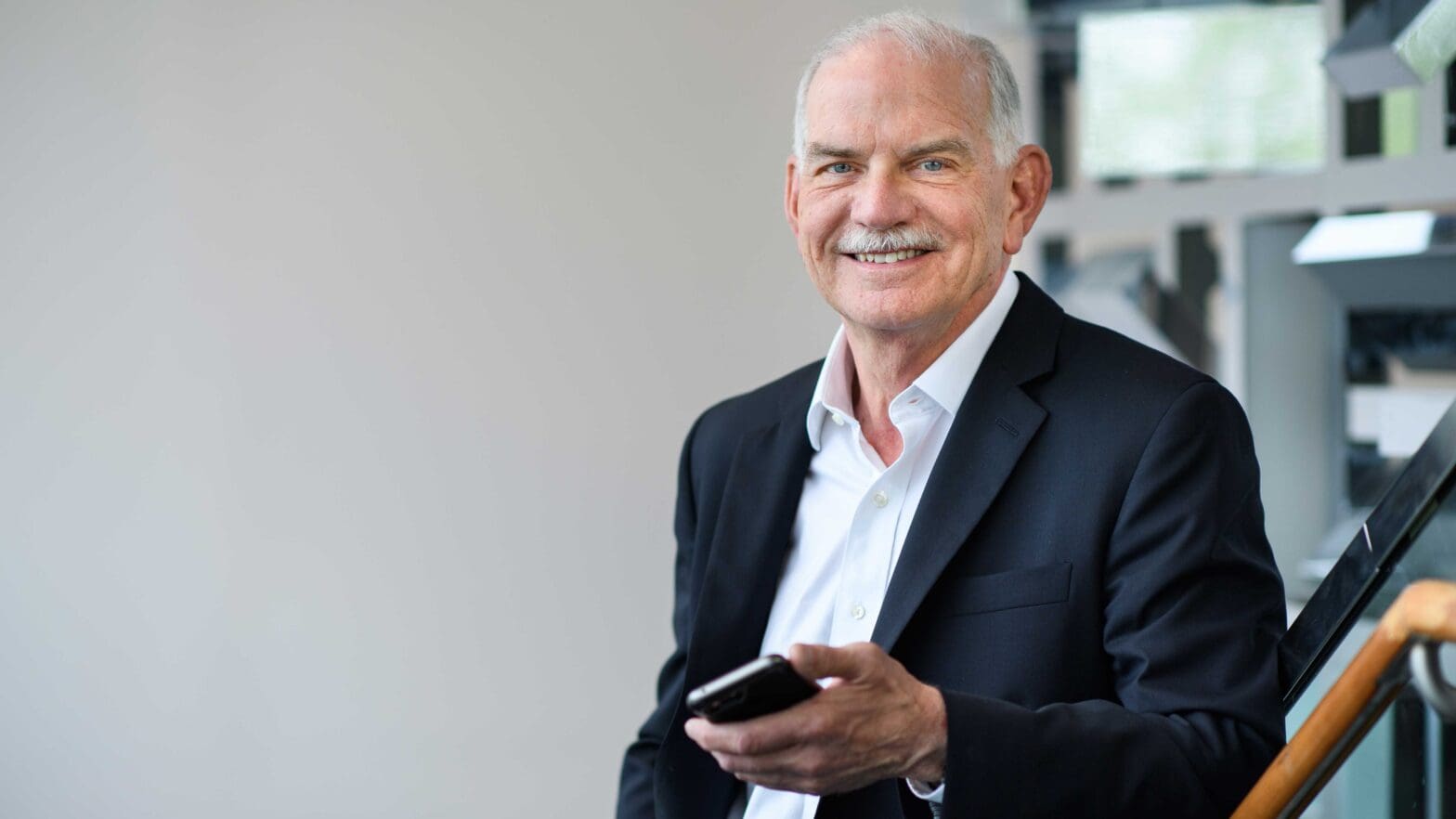
Work of ‘technical visionary’ underpins modern wireless communications
By
on
“You could see the statistical distribution of the noise. It was just exactly what you would expect from the theory,” said Poor, who is now Princeton’s Michael Henry Strater University Professor of Electrical and Computer Engineering. “It was a revelation to me that the theory was such an accurate description of what was happening in the physical world.”
This revelation led Poor (who goes by Vince) from Alabama to a Ph.D. program at Princeton, and launched him on a pathbreaking career that’s helped propel the rise of digital and wireless communications. His foundational research, teaching and mentorship have influenced scores of others, and his publications have been cited more than 100,000 times by other researchers, which puts him in rare company among academic investigators.
Poor’s work connects fundamental physics and mathematics to increasingly complex technologies that send and receive information through electromagnetic waves. Frameworks that he and his colleagues developed have shaped critical systems to separate signals from noise and allocate bandwidth among ever-growing numbers of users and devices — enabling today’s cellular networks, for example, to transmit images, audio and video at unprecedented rates.
Poor conducted his graduate work at Princeton with John Thomas, author of the textbook on statistical communication theory that inspired Poor to pack up his red Chevy Nova and drive nearly 1,000 miles to New Jersey to pursue a Ph.D. He first focused on systems for signal detection, which at the time had fairly narrow uses in military radar and sonar.
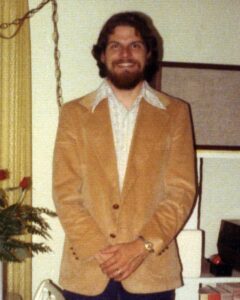
In the 1970s, “you would only do advanced signal processing for very high-end applications like defense,” said Poor. “But electronics just keep getting better and better, and smaller and cheaper, and that means all the sophisticated things that people have conceived can now be done with consumer products. It’s just exploded. And we’re not nearly at the end of innovation in wireless networks — not by a longshot.”
Poor’s zeal for bringing his knowledge to emerging technical challenges, along with his genial and generous nature, have connected him to a global network of collaborators, and brought him to the forefront of realms well beyond communication theory: information security, smart grid power systems, and machine learning in wireless networks. One of his newest collaborations involves applying information theory to understand and predict the spread of COVID-19 — including the effects of viral variants and mitigation measures.
One testament to Poor’s pivotal roles in these fields is the frequency with which other researchers reference his work in their papers. In 2020, his publications surpassed 100,000 citations, as tracked by Google Scholar — placing him among the 1,000 most cited researchers worldwide. His contributions have been honored with membership in the U.S. National Academies of Sciences, of Engineering, and of Inventors; he was also elected a foreign member of the U.K.’s Royal Society.
“What I love about collaborating with Vince are the breadth and depth that he brings to any particular problem that you work on,” said Poor’s longtime friend and collaborator Andrea Goldsmith, now dean of Princeton’s engineering school and the Arthur LeGrand Doty Professor of Electrical and Computer Engineering. “He’s also intellectually curious, and he’s a great technical visionary: He sees areas as they are emerging, finds the most fundamental challenges in those technical areas, and solves them.”
Poor has also mentored more than 100 graduate students and postdocs, both at Princeton and at the University of Illinois, where he was a faculty member from 1977 to 1990. He served as dean of Princeton’s School of Engineering and Applied Science from 2006 to 2016, and as interim dean from 2019-20. The American Society for Engineering Education honored his leadership in research and education with its 2019 Benjamin Garver Lamme Award.
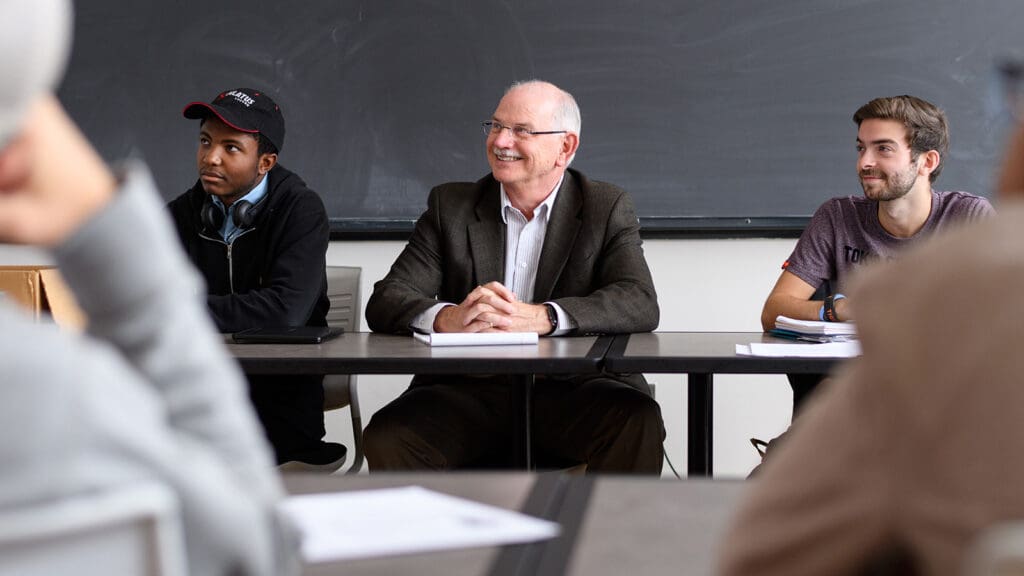
His numerous teaching awards also include the Director’s Award for Distinguished Teaching Scholars from the National Science Foundation, which helped support the development of Poor’s course, “The Wireless Revolution: Telecommunications for the 21st Century.” The course attracted many students from outside engineering, and for a time was the most popular undergraduate course at Princeton.
‘Ahead of the pack’ in research, mentoring, and engineering expansion
When Poor joined the faculty at the University of Illinois, some of his colleagues were beginning research on cellular communications. “I figured out that some of the things I knew from detection theory could be applied” there, said Poor. “Part of it was interference — you reuse the spectrum over and over again, so you get a lot more users in there, which causes interference.”
At Princeton, Poor’s first three graduate students all worked on aspects of interference suppression. At a time when machine learning was just beginning to gain popularity, one of those students, Urbashi Mitra, investigated the use of artificial neural networks to improve multi-user detection in wireless systems.
“Vince was prescient on quite a few research areas which became very topical and relevant, but at the time he started, it wasn’t clear that the rest of the community agreed with him,” said Mitra, who completed her Ph.D. with Poor in 1994 and is now the Gordon S. Marshall Chair in Engineering at the University of Southern California. “He’s always been ahead of the pack, which I really admire.”
Mitra noted that all three of Poor’s first graduate students at Princeton were women, and praised Poor’s mentorship and promotion of all his students. Those first three students worked on related but complementary projects, and even when they all went on the job market at the same time, they helped each other with presentations and exchanged interview notes. “He’s able to create an environment where it’s clear that cooperation is the desirable goal,” said Mitra.
Goldsmith called Poor “an incredible champion of diverse colleagues” and “one of the biggest supporters of women in the profession in his fields of interest.” In 2015, the Institute of Electrical and Electronics Engineers’ (IEEE) Women in Communications Engineering recognized Poor with its Outstanding Mentorship Award.
Even while leading cutting-edge research and fostering the careers of mentees who have themselves become distinguished researchers and teachers, Poor served as dean of the School of Engineering and Applied Science during a decade of remarkable growth.
When he became dean in 2006, Poor said, his chief aim was to build on his predecessors’ vision to make engineering a central part of Princeton — both by increasing the size of the faculty and student body, and by establishing the interdisciplinary Andlinger Center for Energy and the Environment. The recently created Keller Center for Innovation in Engineering Education and Center for Information Technology Policy (CITP) also flourished during Poor’s time as dean. Sherrerd Hall became the new home of CITP and the Department of Operations and Financial Engineering.
Poor has insisted he can take only a small amount of credit for this progress, citing the efforts of the centers’ directors and other faculty members. “If you provide the resources and you have talented leadership, they make it happen,” he said.
More users, more data — principles impact practice
Poor’s research has been a springboard for many technologies that support today’s wireless infrastructure. One prominent advance has been the use of multiple antennas on devices that transmit and receive wireless signals — a technique known as multiple-input and multiple-output, or MIMO (pronounced “my-mo”). Ever since third-generation (3G) networks were introduced in the early 2000s, mobile communications have relied on MIMO systems to boost the speed and capacity of networks and minimize interference.

“The idea that you could increase the capacity of wireless networks using multiple antennas in a certain way was discovered in the ’90s, and now essentially every wireless receiver and transmitter has multiple antennas on it — including your Wi-Fi. That’s how we get up to such high speeds,” said Poor. “That’s been a big advantage, but it was a theoretical advance at first.”
Emerging 5G networks, which will be critical to the growth of autonomous vehicles and connected sensors, are also beginning to apply a method called nonorthogonal multiple access, or NOMA. Poor has made numerous contributions to NOMA, which allows multiple users or devices to use a single resource block of wireless bandwidth by varying their power allocation levels.
“NOMA actually relies on an interference suppression idea that we worked on in the ’90s, because you put multiple signals together in the same radio resources, and then the receiver has to sort them out — so, there’s a need to design around interference,” said Poor. “The basic theory was there already [in the ’90s], but the technology wasn’t advanced sufficiently. It took a lot more of Moore’s law to go forward until that could really be thought about as practical,” said Poor, referring to the 1965 prediction of Intel cofounder Gordon Moore about rapid increases in processing power.
For more than a decade, Poor’s group has also focused on physical layer security, an area where technology is just beginning to catch up with theory. This approach is gaining attention as an alternative to encryption, which scrambles information transmitted through wireless networks to prevent access by unauthorized users. Rather than changing messages and decrypting them at the point of receipt, which can be slow and computationally intensive, physical layer security takes advantage of inherent physical properties of wireless communications channels.
“In the beginning, it was kind of pie in the sky,” said Poor. “We didn’t really know whether it would be possible to do anything with [physical layer security], but now it’s gotten a lot of attention from industry and other researchers.” Poor noted that low-complexity sensors and robotic systems that require ultra-low latency communications may especially benefit from physical layer security approaches. “I’m hopeful that we’ll have an impact on 6G networks,” he said.
Joel Predd, who completed a Ph.D. with Poor in 2006, said that Poor’s methods of defining capabilities within a given system — whether exchanging information, transmitting electricity or containing a pathogen — continue to inform his own work as a director of acquisitions and technology policy at the RAND Corporation’s National Security Research Division.
“Some engineers may not recognize it as engineering, because we’re often not building systems like engineers tend to do,” said Predd. “But what’s really fascinating about Vince’s work … is that he’s plotting the fundamental limits of how we can design systems and understanding the broad contours of what it will take to achieve those fundamental limits. Understanding those fundamental limits is critical for policymaking as well as engineering.”
While Poor clearly has a knack for seeking the most pressing and promising ways to apply his expertise, he still marvels at the progress of electronics and communications.
“Technology has swept up all these techniques and brought them down to a level where everybody can have them in their phone or in their laptop, or even in a bracelet on their wrist. On the one hand, it seems miraculous,” he said. “But if you think about it, it’s the work of hundreds of thousands of engineers and scientists who have kept advancing the hardware and the software — and the signal processing algorithms. One keeps pushing the other along, and people keep innovating on both sides, and technology advances.”

